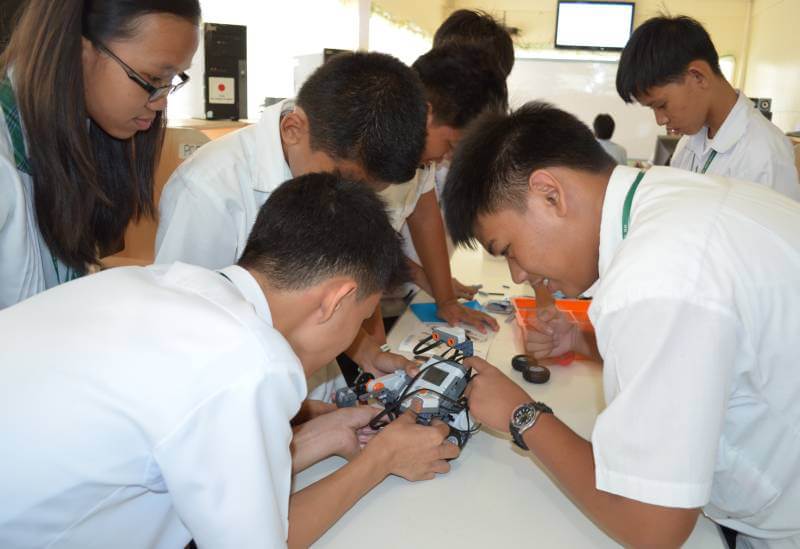WHEN I hear feedback from my students that I don’t explain my lessons thoroughly in the classroom, I don’t feel bad. In fact, I feel glad about it. I really intend not to give explanations to my students. I prefer that they themselves seek answers to their questions.
Let me cite what happened in my class today. While they were performing a group task, one student asked,
Student: Sir, what is the unit for Q?
Me: What does it stand for?
Student: Heat.
Me: What is heat?
Student: Energy in transit.
Me: What is the unit for energy?
Student: Yeah, I got it. Joules. Thanks.
If I provided the answer right away, the student would not have appreciated the connection between what she is learning now and her prior knowledge. Responding to her that way also sent her a signal that sometimes, she already know the answers to her questions, she just doesn’t exercise thinking about the previous concepts that she has learned and applying them to situations she is currently facing.
Another way that I could have treated her question was to guide her through the dimensional analysis, where we would look at the units of the quantities involved and process them to find out what unit they would result to.
I have made it a habit to not answer my students’ questions directly. My very reason is that I want my students to learn self-reliance. I don’t want them to always rely on their teachers, when they have access to information that they need. I guess, teaching students to be to learn independently is very apt in today’s world. They have to learn how to put their knowledge to use and how to use their experiences to learn.
I have read an article in a website and it supports my philosophy. In the article, the authors listed down the characteristics of dependent and independent learners:
| Dependent learners | Independent learners |
| rely heavily on the teacher | are self-reliant |
| cannot make decisions about their learning | can make informed decisions about their learning |
| do not know their own strengths and weaknesses | are aware of their strengths and weaknesses |
| do not connect classroom learning with the real world | connect classroom learning with the real world |
| think that the teacher is wholly responsible for their learning | take responsibility for their own learning & know about different strategies for learning |
| do not know the best way to learn something | plan their learning and set goals |
| do not set learning goals & will only work when extrinsic motivators such as grades or rewards are offered | are intrinsically motivated by making progress in learning |
| do not reflect on how well they are learning and the reasons | often reflect on the learning process and their own progress |
I am happy to know that there are studies that agree with my teaching principles. The K-12 curriculum, I believe, is also geared towards preparing students to become self-reliant by embracing the idea of independent learning.





